Don't get me wrong I love Turkey and used to have a European team that was half Turkish expats living in London. They rocked!
My fear would be suppliers concerned about FX issues not willing to sell high-end equipment even into the tax-free zones as the value of the items fluctuates wildly locally if the chaos continues.
Going to be an interesting next few months to see if Erodgan continues to cut rates and how much more the Lira falls.
May the FX odds be always in your favor!
My fear would be suppliers concerned about FX issues not willing to sell high-end equipment even into the tax-free zones as the value of the items fluctuates wildly locally if the chaos continues.
Going to be an interesting next few months to see if Erodgan continues to cut rates and how much more the Lira falls.
May the FX odds be always in your favor!

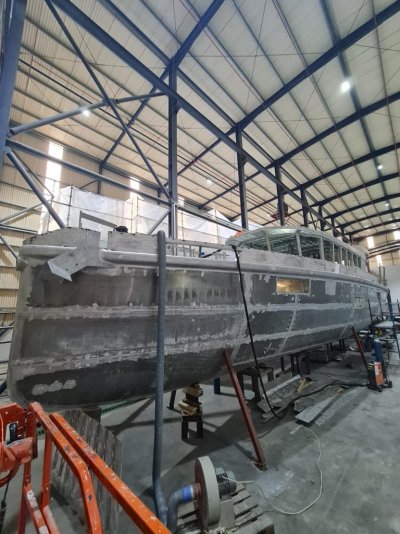
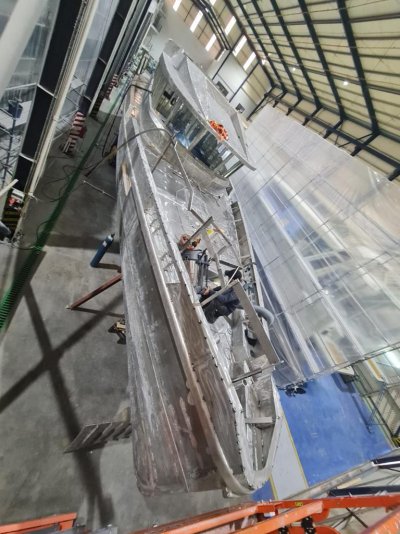
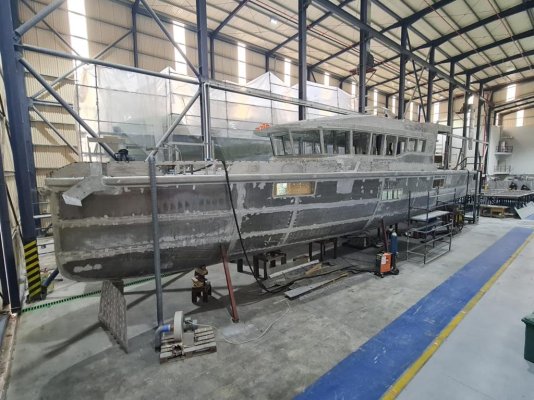
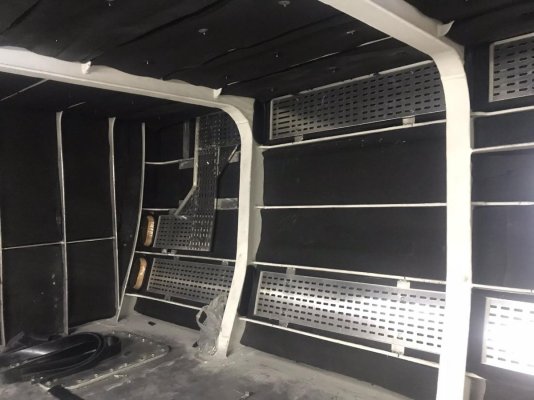
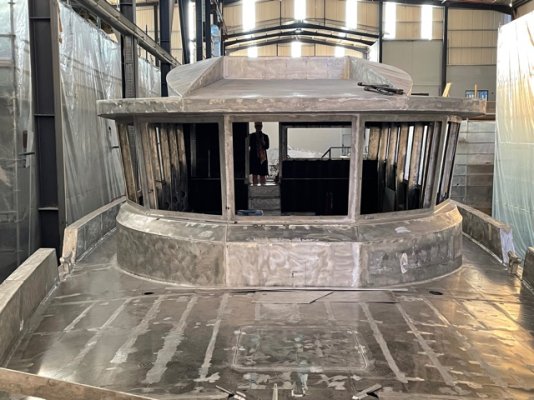
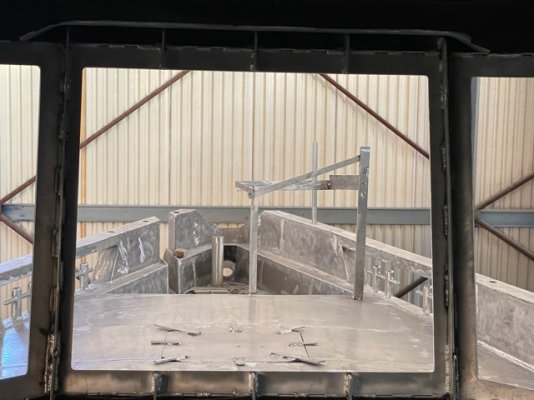
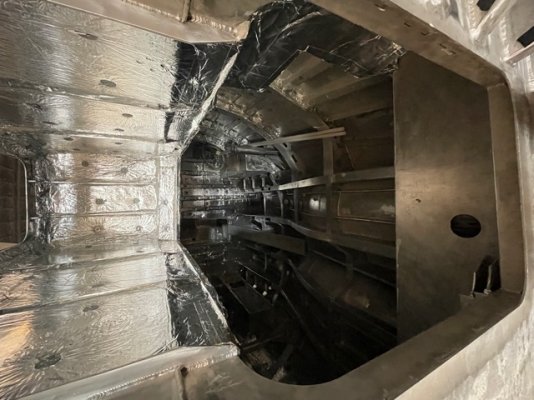
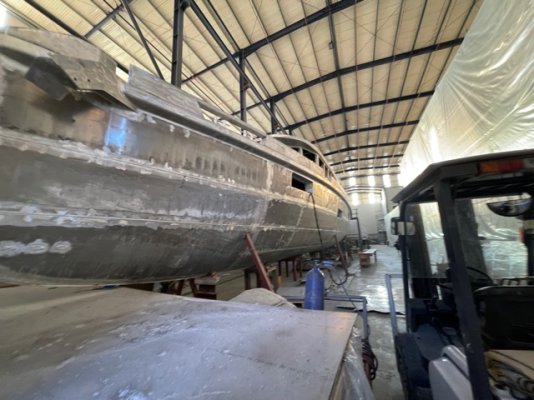
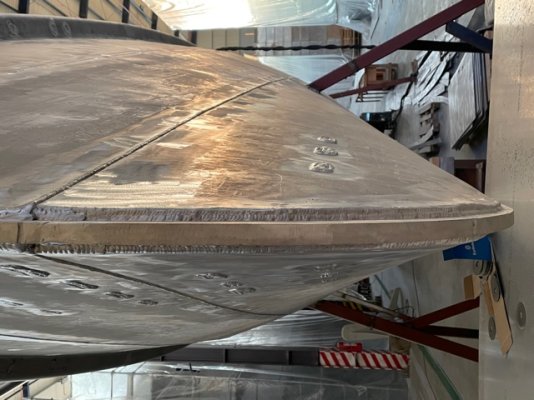
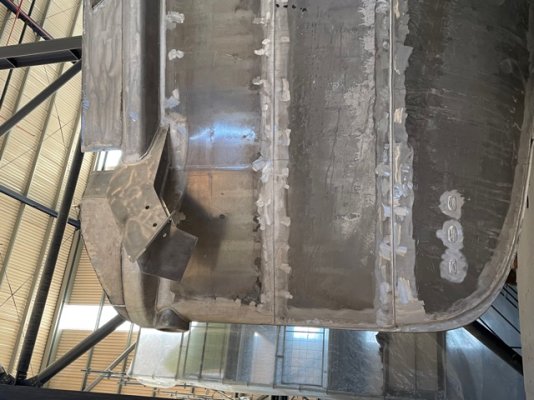
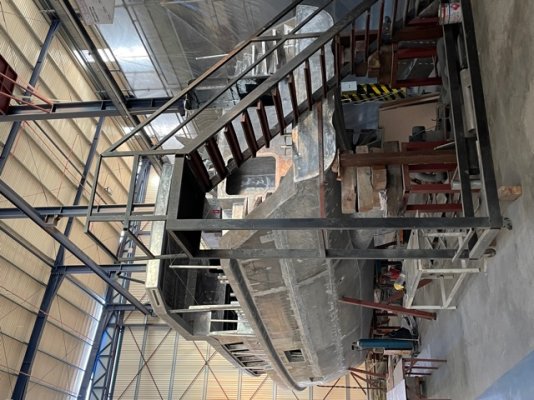

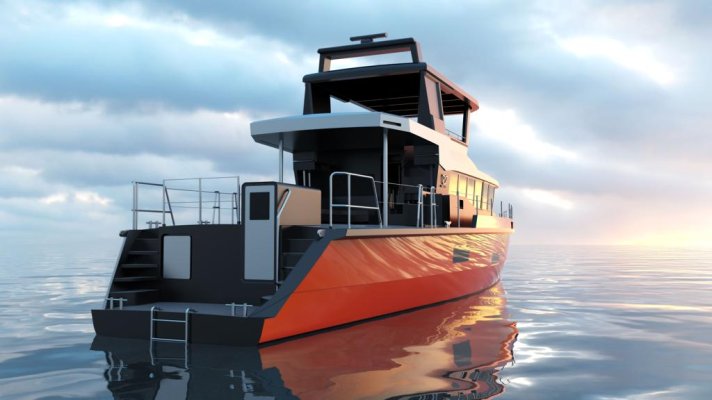
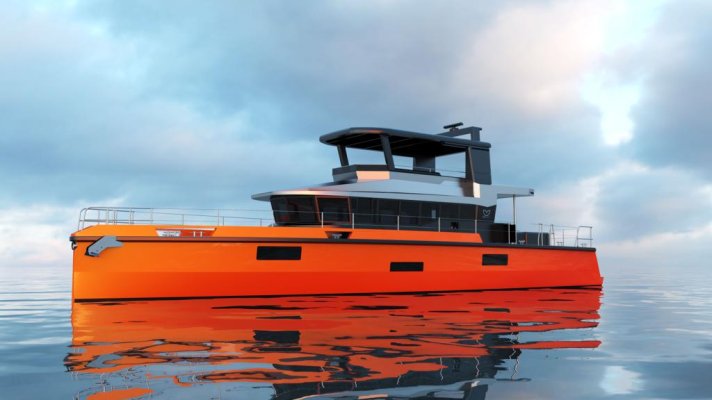

 Take your pick of poison.
Take your pick of poison.